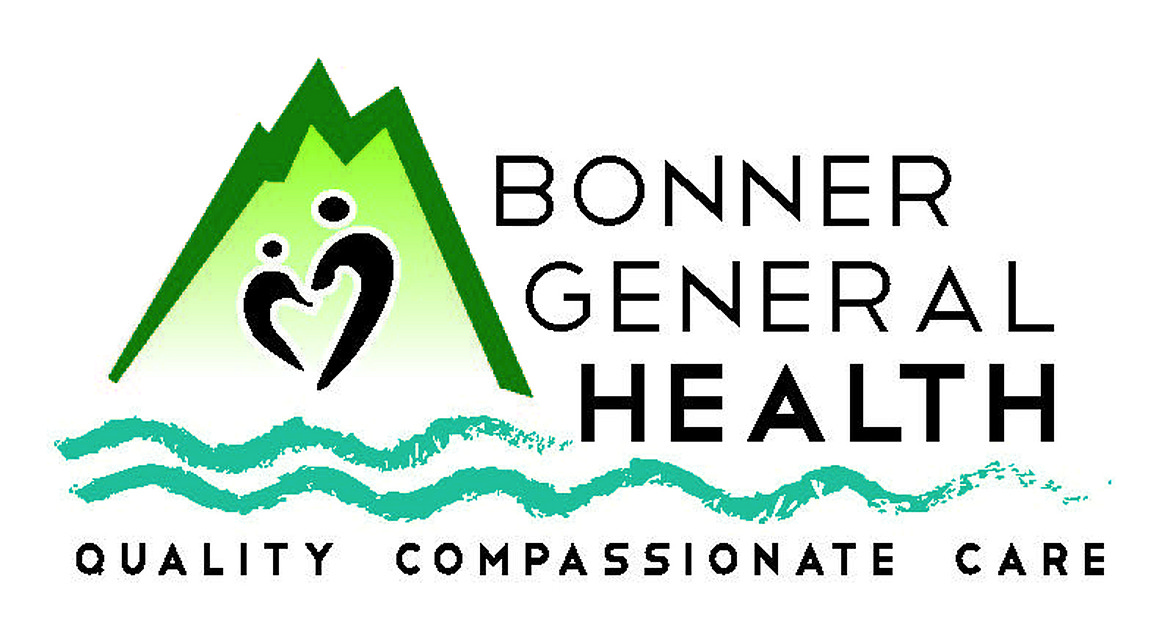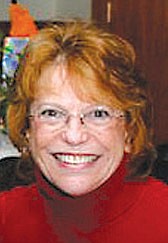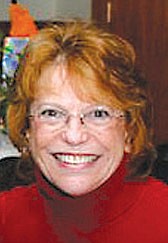Understanding autism spectrum disorder
Each April, the world is invited to understand more about the subtypes of conditions that are labeled as autism. A moving target since 1908 when Eugene Bleuler coined the word for a form of schizophrenia, the current description of autism according to AutismSpeaks.org is that it “refers to a broad range of conditions characterized by challenges with social skills, repetitive behaviors, speech and nonverbal communication.”
A chronological history published at News-Medical.net describes how American child psychiatrist, Leo Kanner studied eleven children in 1943 who were displaying “features of difficulties in social interactions, difficulty in adapting to changes in routines, good memory, sensitivity to stimuli (especially sound), resistance and allergies to food, good intellectual potential, echolalia or propensity to repeat words of the speaker and difficulties in spontaneous activity.”
A year later, Hans Asperger worked with a separate group of children who resembled Kanner’s description. These children spoke like grownups but were clumsy and different from other children when it came to fine motor skills.
Another researcher in the 40s, Bruno Bettelheim, claimed that the “autistic” children he studied in three therapy sessions were the result of coldness of their mothers and coined the term “refrigerator mother.” But psychologist and parent of a child with autism, Bernard Rimland disagreed. He didn’t for one minute think his child’s condition was due to his wife’s parenting skills, and in 1964 published a paper with his proof.
Still in the 1970s, despite it becoming better known, autism was still confused with mental retardation and psychosis. “It was in the 1980’s that research on autism gained momentum,” News-Medical says. “It was increasingly believed that parenting had no role in causation of autism and there were neurological disturbances and other genetic ailments like tuberous sclerosis, metabolic disturbances like PKU (inability for the body to breakdown an amino acid called phenylalanine), or chromosomal abnormalities like fragile X syndrome (a genetic disorder).”
Statistics for children diagnosed with autism have increased significantly since the Centers for Disease Control and Prevention has been keeping track. One in 150 children were diagnosed in 2000. In 2020 that number rose to one in thirty-six children.
ScientificAmerican.com explains: “The rise in the rate has sparked fears of an autism ‘epidemic.’ But experts say the bulk of the increase stems from a growing awareness of autism and changes to the condition’s diagnostic criteria.”
Although in development, right now there isn’t a diagnostic test that will identify autism. No blood test, no brain scan, no nothing. So, a clinician needs to rely on observing the person’s behavior.
“In the U.S. the criteria for diagnosing autism are laid out in the ‘Diagnostic and Statistical Manual of Mental Disorders’ (DSM). The criteria are problems with social communication and interactions, and restricted interests or repetitive behaviors. Both of these ‘core’ features must be present in early development,” Scientific American says.
AutismSpeaks says that it’s important for parents and caregivers to look for the early signs of autism. Some infants will show hints in their first months, in other children behaviors may not appear until they’re two or three. And of course, not all children displaying signs have autism. Can you see why this is an inexact science?
They list the following as possible indicators that a child is at risk for autism: At six months the child isn’t smiling or exhibiting joyful and engaging expressions. He or she may have limited eye contact. At nine months there’s “little or no back-and-forth sharing of sounds, smiles or other facial expressions.”
By their first birthday, there is little or no babbling, no gestures such as pointing or waving and there’s little to no response to their name. They still aren’t speaking at 16 months, and, at their second birthday they’re saying few or no meaningful two-word phrases (not counting imitating or repeating.)
You’ll want to have a discussion with your pediatrician if at any age your child loses previously acquired speech, babbling or social skills; avoids eye contact; persistently prefers solitude; displays difficulty understanding other people’s feelings; has delayed language development; shows signs of echolalia; resists minor changes in routine or surroundings; has limited interests; displays repetitive behaviors (flapping, rocking, spinning, etc.) or has an unusual and intense reaction to sounds, smells, tastes, textures, lights or colors.
Bonner General Behavioral Health, 208-265-1090, offers assessment and counseling for the diagnosis and treatment of autism.
Kathy Hubbard is a member of Bonner General Health Foundation Advisory Council. She can be reached at kathyleehubbard@yahoo.com.



